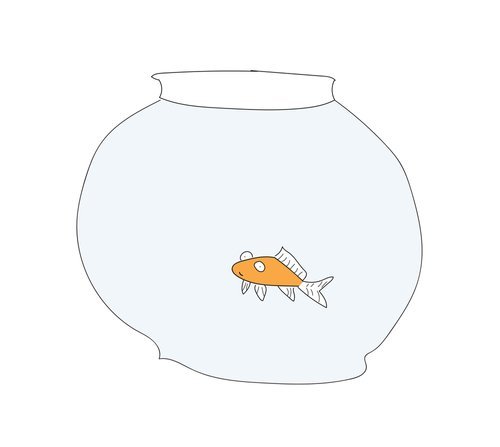Reckoning with the history that shapes health in the present.
My recent writing has been centrally concerned with the moment— the daily disruptions caused by the changing political winds in the U.S. and their effect on the work of health. This focus seems appropriate given the challenges we are seeing to the structures that support health in this country, and I will remain engaged with unfolding events as the tides of this sea change continue to shift. However, I have always tried to make The Healthiest Goldfish a place for sometimes stepping back from the immediacy of the moment to reflect on the deeper forces driving events, to pay attention to the important, beyond the urgent. This includes the history that shapes health in the present and that is at the heart of so much of what we see in our daily view. With this in mind, I wanted today to reflect on history, its implications for the present, and what we owe history as we work to build a better future.
These reflections are grounded in my reading, over the past couple of months, of two books. First was Robert Caro’s The Power Broker: Robert Moses and the Fall of New York, and second was Walter Johnson’s The Broken Heart of America: St. Louis and the Violent History of the United States. I was reading both books for different reasons. Last year was the 50th anniversary of Caro’s book, and while I had read much of it when I was working in New York City, now more than a decade ago, I had never read it cover to cover and thought it was high time I did. The second book was recommended by many colleagues ahead of my move to WashU in St. Louis, and the recommendations turned out to be just right — it was a perfect history of the city I am now living in, and of how the city today is shaped by its history over centuries.
Read more here



